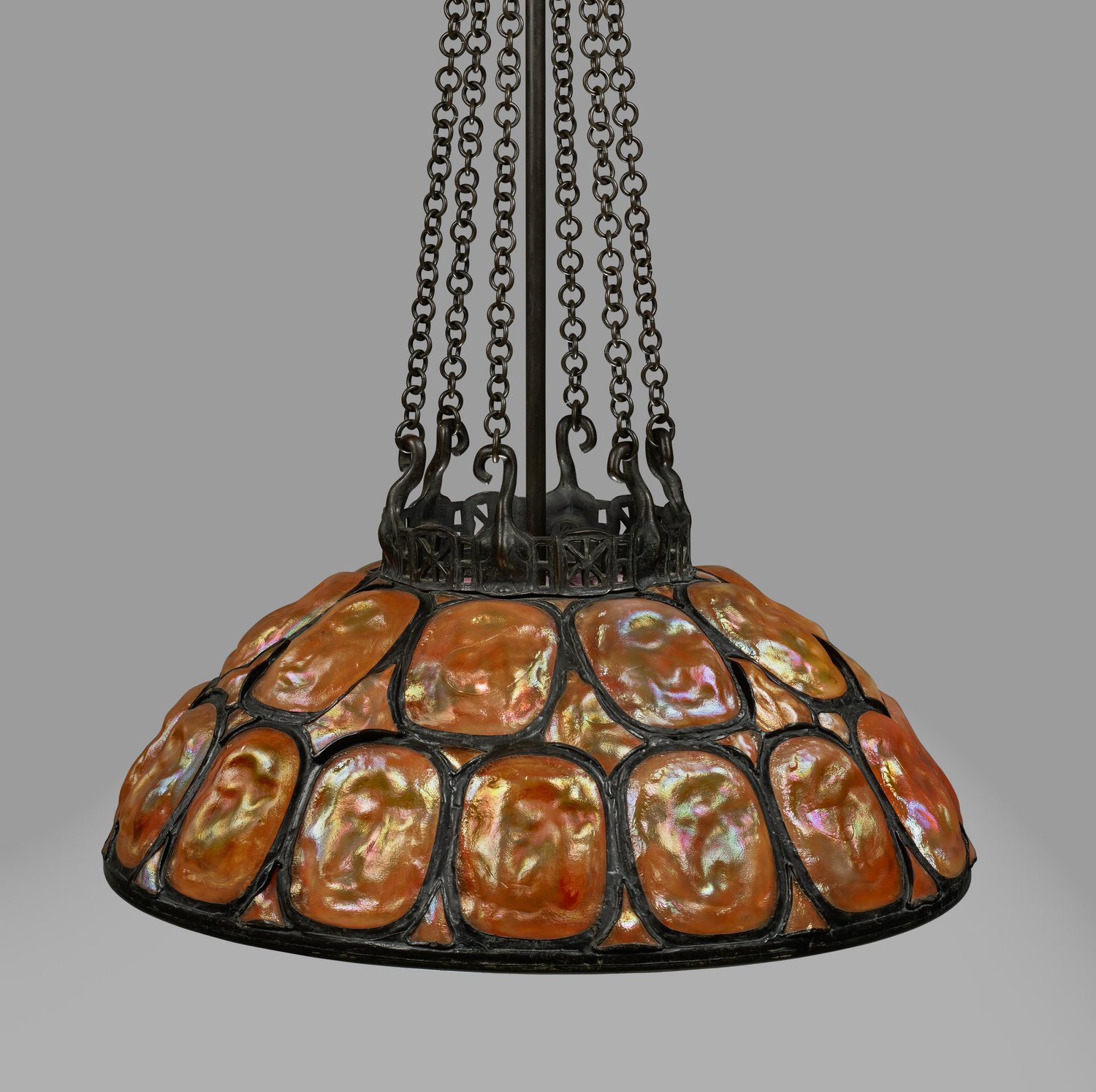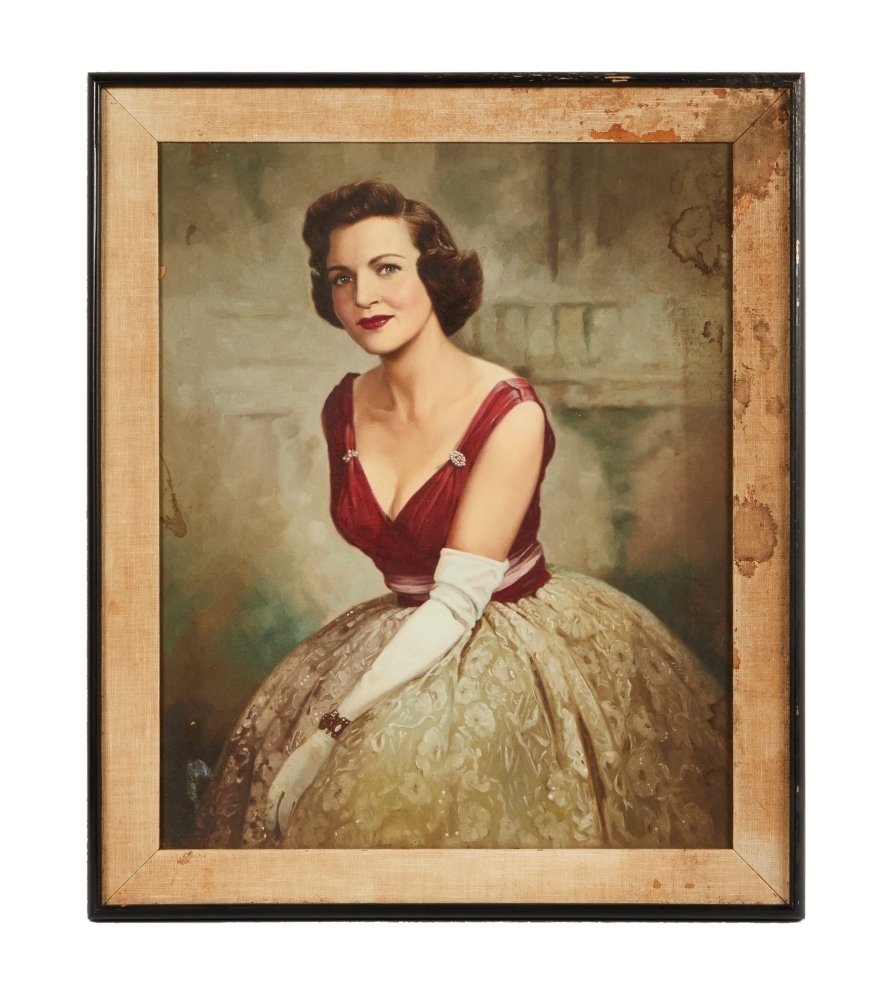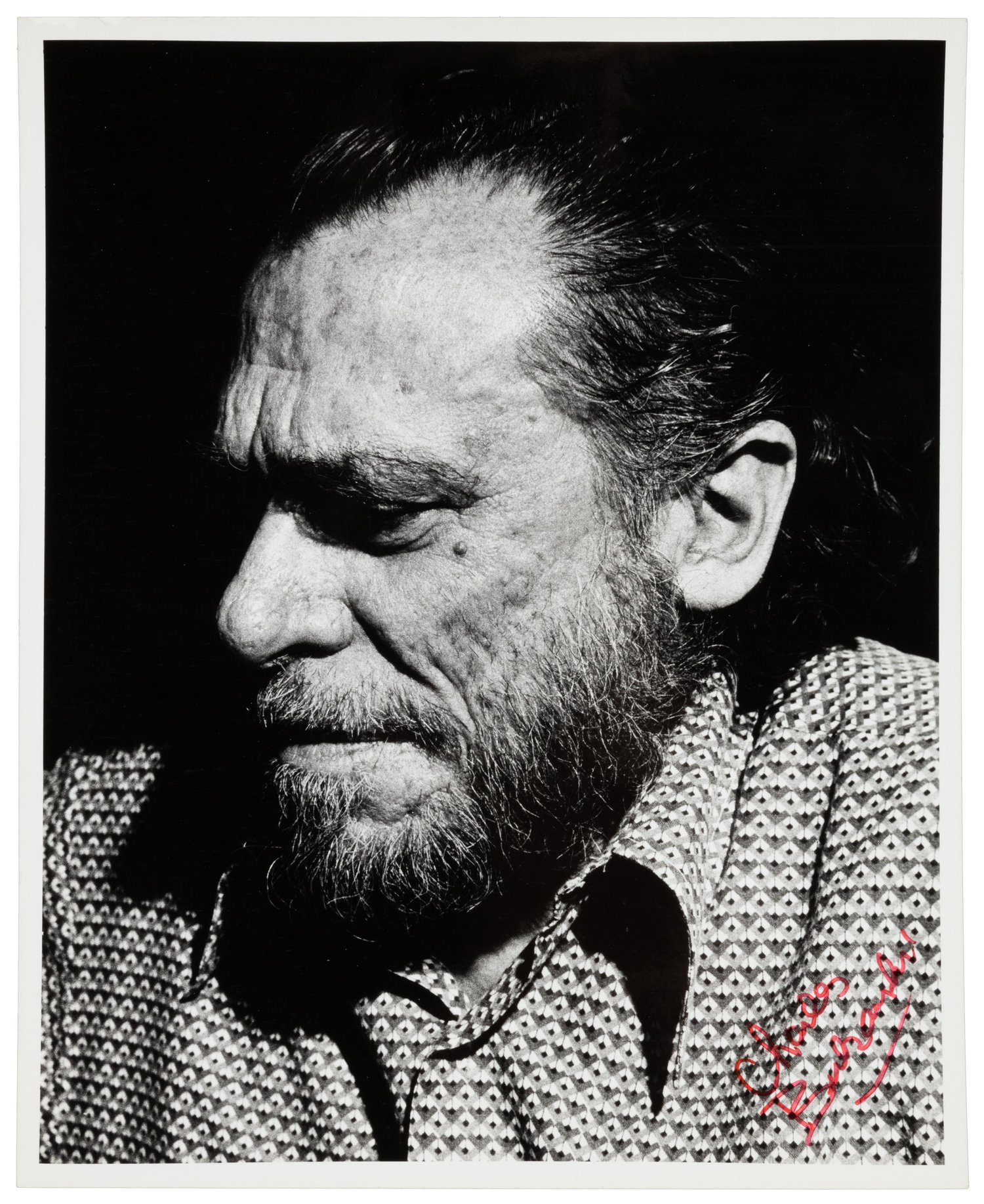#Tiffany #Lamps #Lighting #Life #LiveAuctionTalk
Turn on a lamp and like jewels, rooms now exploded with color. No surprise Art Nouveau craftsmen and women created some of the most outstanding examples. It was like nature inviting itself inside the American home.
“Color is to the eye what music is to the ear. I have always striven to fix beauty in wood, stone, glass or pottery, in oil or watercolor by using whatever seemed fittest for the expression of beauty, that has been my creed,” Louis Comfort Tiffany said.
c. His lamps reflect his creative genius as well as the artistry of many anonymous designers laboring behind the scenes.
His leaded glass lamps came on the market around 1898 more than two decades after he started experimenting in glassmaking. The light bulb made it possible to eliminate the swollen bases needed for earlier fuel models. Bases could be lighter now, more elegant.
Tiffany invited his craftspeople to experiment with new forms and colors so that no two pieces were identical. Even though he did not make many of the lamps and bases himself, Tiffany’s seal of approval was critical. His artisans understood that.
Clara Driscoll headed the Women’s Glass Cutting Department which employed about 35 women during Tiffany’s early years. She worked on mosaics and leaded glass windows. She also met with Tiffany on a regular basis to discuss her lamp designs.
Tiffany’s price list at the time ranged from $30 to $750. Buyers appreciated the fact that lamp parts were interchangeable. With most of the models, buyers could mix and match bases and shades. So, the lamps could work with most interiors.
Driscoll and her Tiffany girls propelled the business to success. Tiffany valued the work of these women and paid them the same as men. Turnover was the big issue. The Tiffany girls were often as young as 15. It was an era when married women typically did not work if their husbands did. Once they reached marrying age, few women remained employed for long.
Driscoll left the company herself when she first married in 1889. She returned three years later when her husband died suddenly.
Tiffany withdrew from the company after the close of World War 1. The company continued to fill orders for shades until 1924, mostly simple geometric models and some nature inspired shades. They filed for bankruptcy in 1932.
Tiffany died in 1933 and by then his styles were considered out of date and replaced by the streamlined designs of American Modernism.
On Dec. 10, 2021, Christie’s, New York, featured a selection of Tiffany lamps on the block.
Here are some current values.
Tiffany Lamps
Lotus; table lamp; leaded glass; patinated bronze; base impressed TIFFANY STUDIOS NEW YORK 10926; circa 1905; 25 1/4 inches high; $50,000.
Clematis; table lamp; leaded glass; patinated bronze; shade impressed TIFFANY STUDIOS NEW YORK 370; base impressed the same; circa 1910; 24 ½ inches high; $112,500.
Clematis (early); floor lamp; leaded glass; patinated bronze; circa 1899-1900; 65 ½ inches high; $275,000.
Arch and Leaf; table lamp (rare); favrile glass; silvered bronze; shade engraved L.C.T; base impressed TIFFANY STUDIOS NEW YORK S326; circa 1910; 32 inches high; $300,000.
Turtle-Back; chandelier; leaded and plated glass; patinated bronze; circa 1910; 15 inches high; $500,000.




